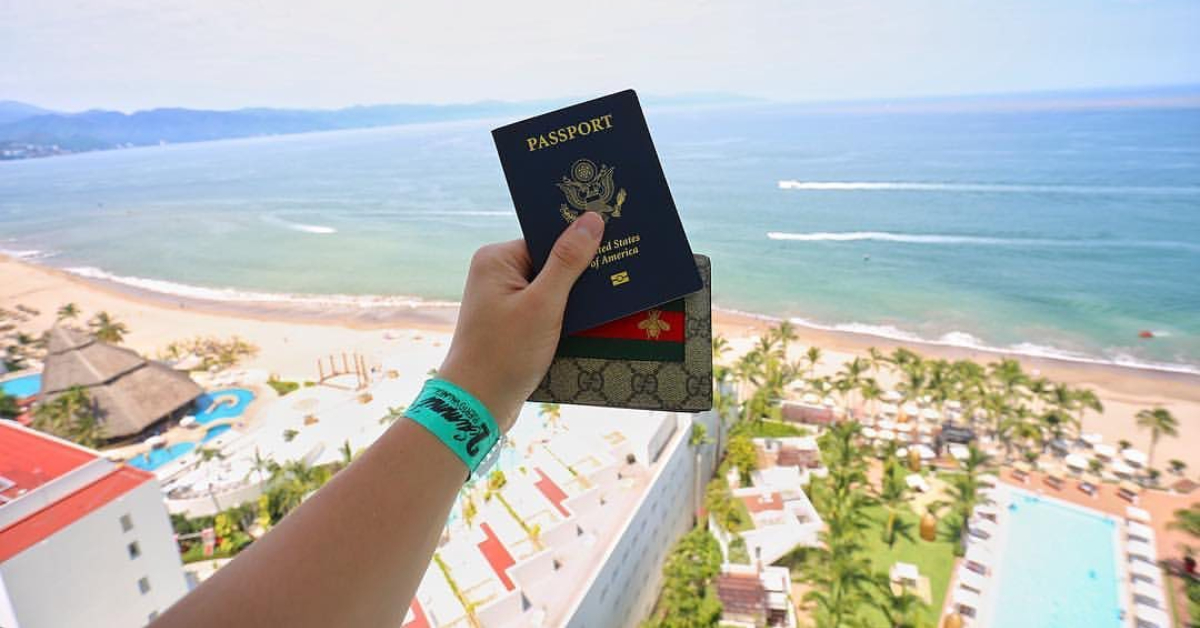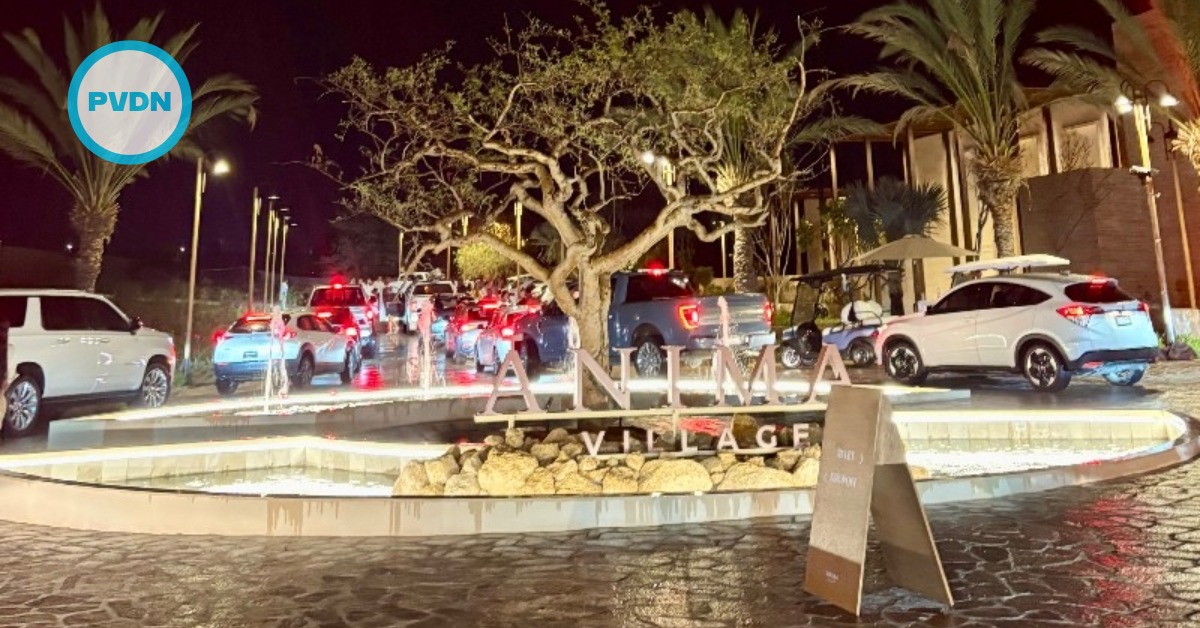The travel alerts issued by the United States, which warn of violence in some tourist destinations in Mexico, have not affected the arrival of foreigners at the moment, the Secretary of Tourism of Mexico, Miguel Torruco, told Efe on Monday.
Torruco met this Monday in the Canadian city of Toronto with representatives of Canadian travel agencies and airlines to present the destinations in Mexico for tourism, such as the designation of "magical towns" for 132 locations or the construction of the Mayan Train.
In an interview with Efe, Torruco explained that the Mexican tourism sector . . .







